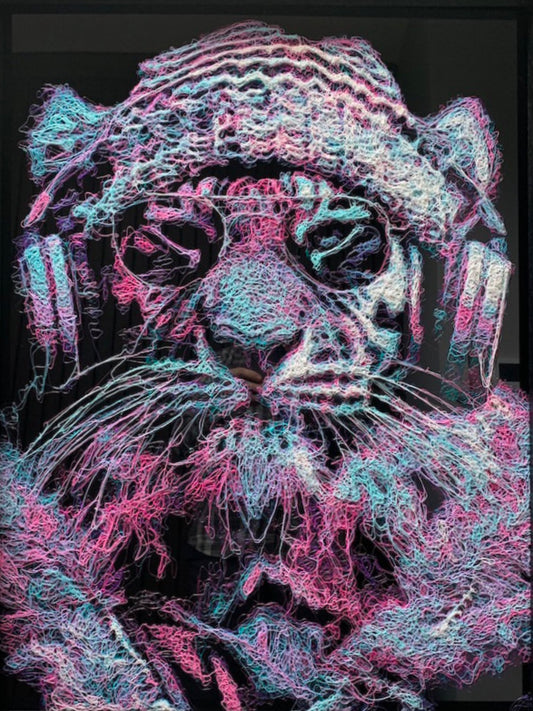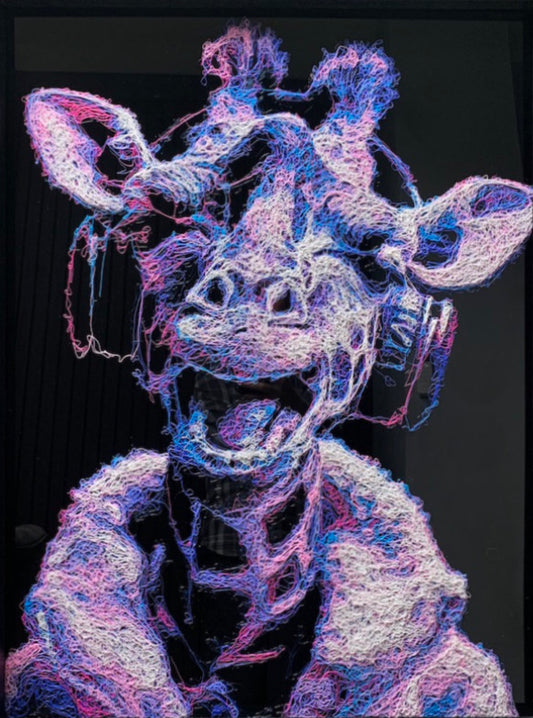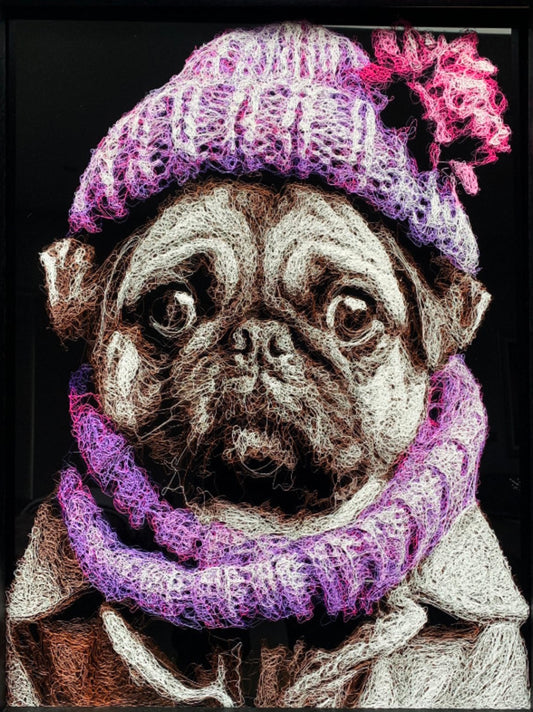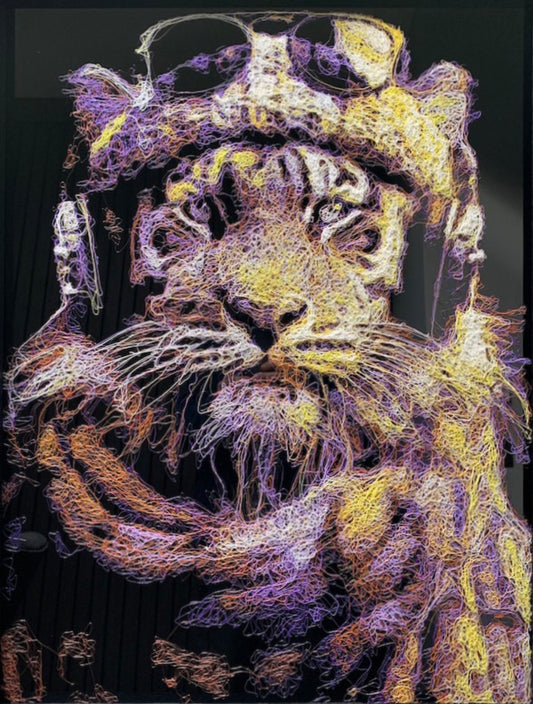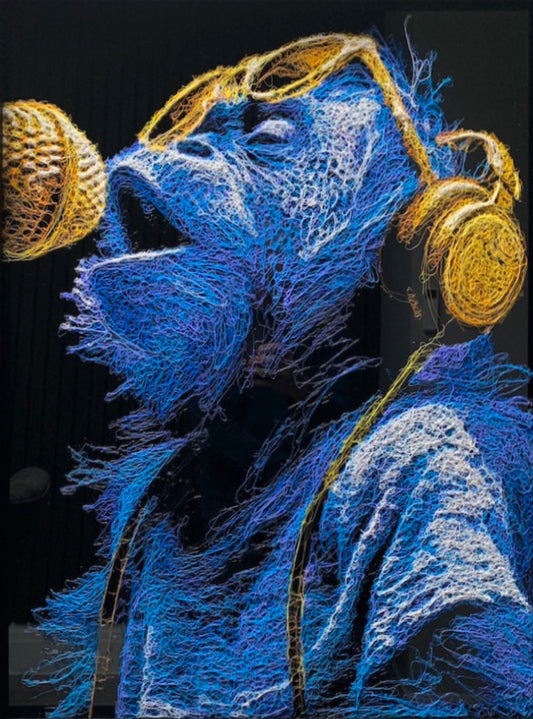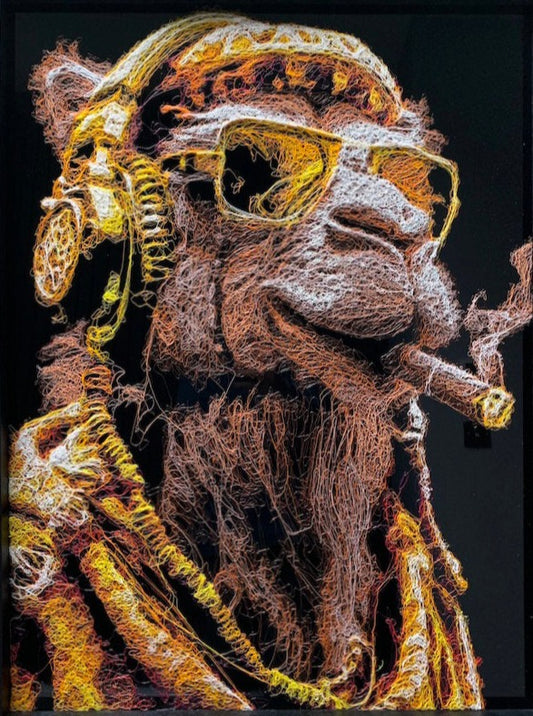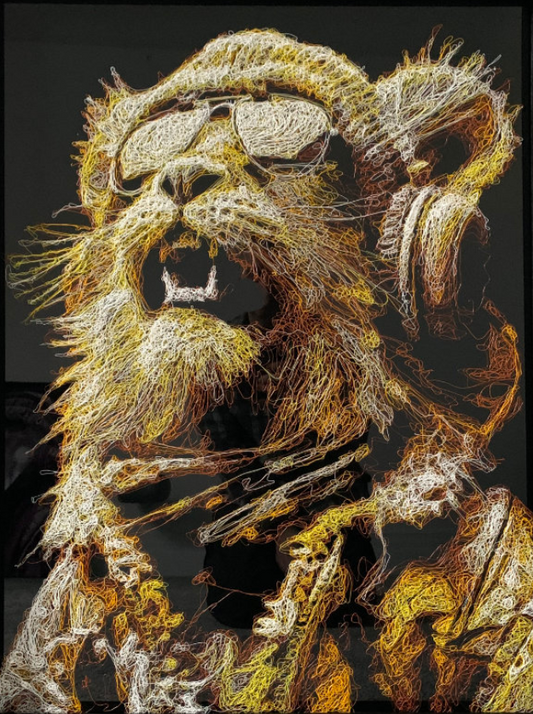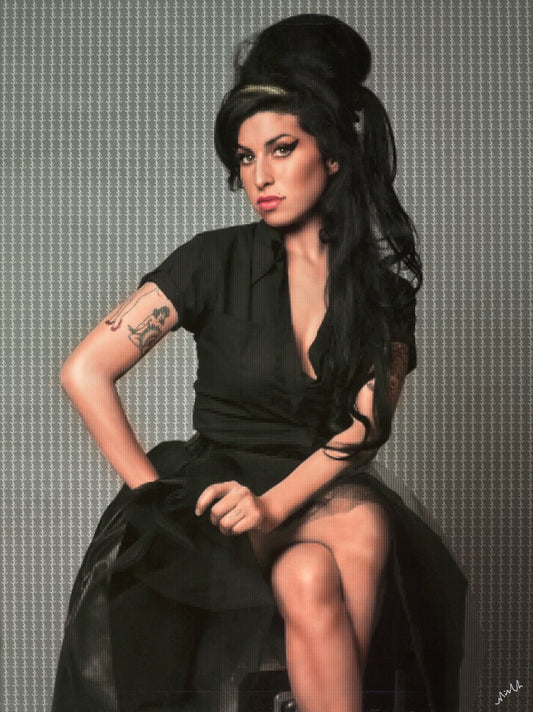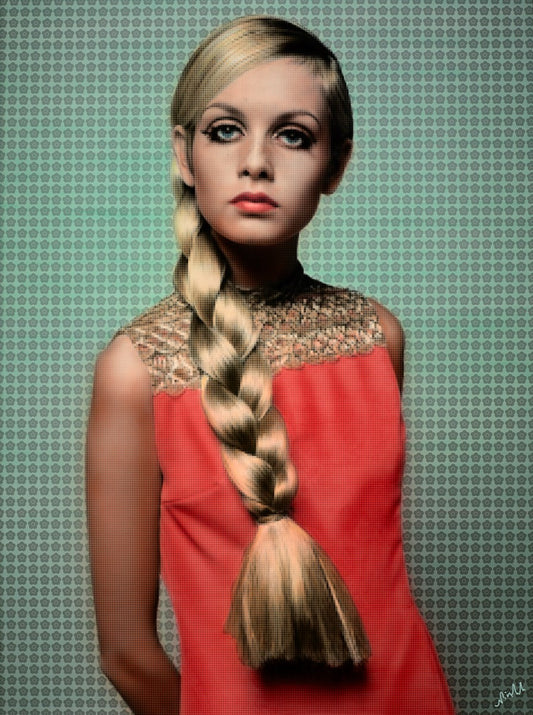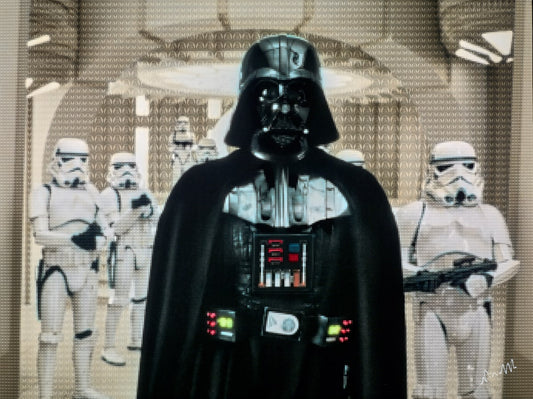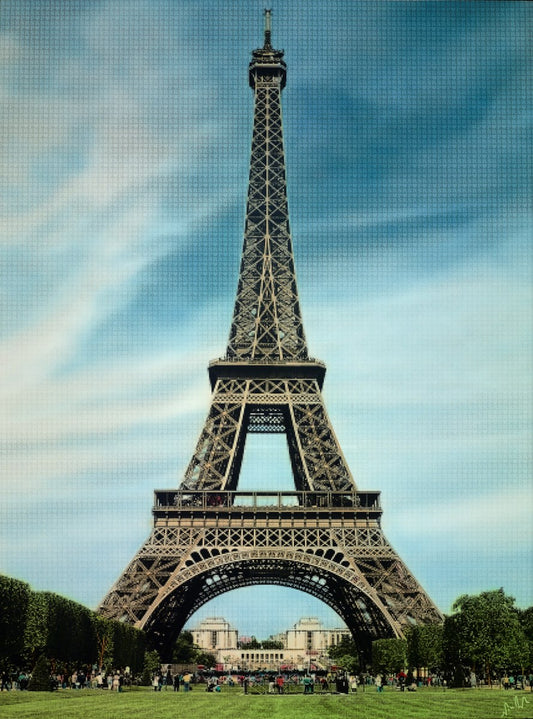What is Figurative Art?
Figurative art, sometimes called representational art, characterises its focus on real-world references. It depicts recognizable subjects—people, animals, objects, and landscapes—often conveying a narrative or expressing an emotion. From the prehistoric cave paintings to contemporary masterpieces, figurative art is a timeless practice that continues to captivate audiences.
The Human Form in Figurative Art
A central aspect of figurative art is its emphasis on the human form. Artists often explore the intricacies of the body, movement, and expressions to communicate complex stories and themes. The human figure has been central to art for millennia. Symbolising everything from divine beauty to the rawness of the human condition.
Creative Expression Through Figurative Art
Art interpretation is deeply personal, and figurative art provides a unique canvas for artists to convey their messages. By depicting the world around them, artists can comment on society and evoke emotions. They can also celebrate the aesthetics of their subject matter. It's this blend of reality with the artist's perspective that makes figurative art a compelling form of creative expression.
Emotion and Storytelling
The power of figurative art lies in its ability to tell a story or evoke an emotional response. Through careful composition, use of colour, and attention to detail, artists can guide the viewer's experience. This guidance can often leave a lasting impression. The narratives depicted in figurative artworks can range from personal to political, inviting viewers to engage on multiple levels.
Techniques in Figurative Art
While the subject matter may be real, the techniques used in figurative art can vary widely. From the classical approaches of lifelike realism to the distorted proportions found in expressionism. Artists employ a range of methods to breathe life into their work. The choice of medium—oil paint, watercolour, sculpture, or digital—further adds to the diversity of figurative art.
The Role of Figurative Art Today
In contemporary art, figurative work plays a significant role in the ongoing conversation about identity, culture, and humanity. As society evolves, so too does the representation of people and their environments in art. By maintaining a connection to the recognisable world, figurative art remains relevant and accessible. Acting as a bridge between the artist's vision and the viewer's reality.
In conclusion, figurative art is more than just a replication of the world around us. It's a platform for storytelling, emotional connection, and cultural commentary. Exploring the basics of what is figurative art and its role in creative expression, we can deepen our appreciation. Understanding this enduring art form and its ability to communicate the complexities of human experience.








